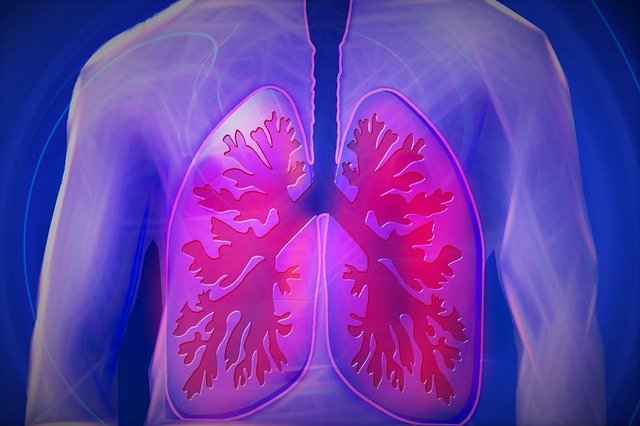Q1-4: These questions are about the structure of the human respiratory system: |
 |
|
1. What is a common name given to the 'trachea'?
|
||
2. The trachea splits in two, heading to the left and right lungs. These two branch tubes are called..
|
||
3. Air passes into smaller and smaller tubes, eventually reaching tiny sections of air sacs called...
|
||
4. There are estimated to be 6 million of these tiny sections of air sacs in our body. Why are there so many?
|
||
|
5-9: This diagram shows how these air sac sections are responsible for exchanging gases in and out of the blood. |
.png) |
|
5. What is gas X passing into the blood stream?
|
||
6. What is gas Y passing out of the blood stream?
|
||
7. What is the name given to the tiny blood vessels (tubes) shown in the digram above?
|
||
8. Every cell in our bodies need to use glucose and gas X (shown above) in a chemical reaction to release energy. What is the scientific name for this reaction?
|
||
9. There is a high concentration of gas X in the air, and a low concentration in the blood shown in the diagram above. This means gas X pass into the blood in a process called..
|
||